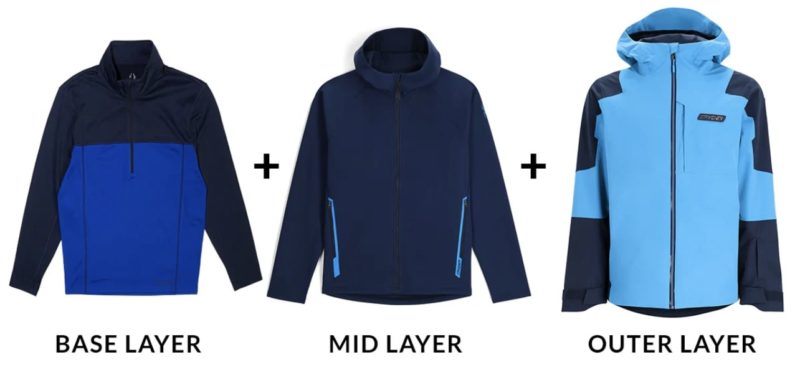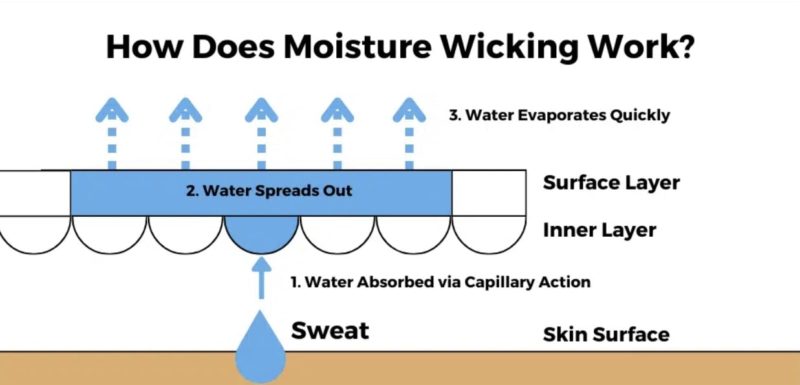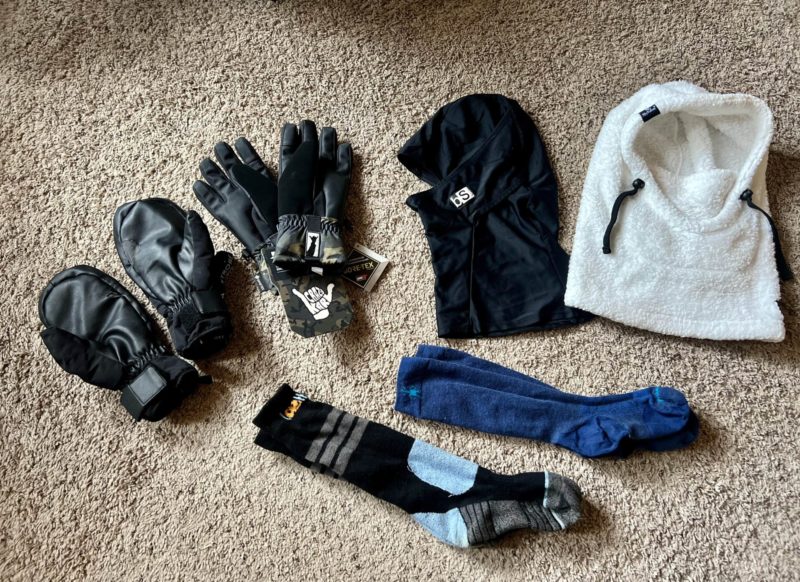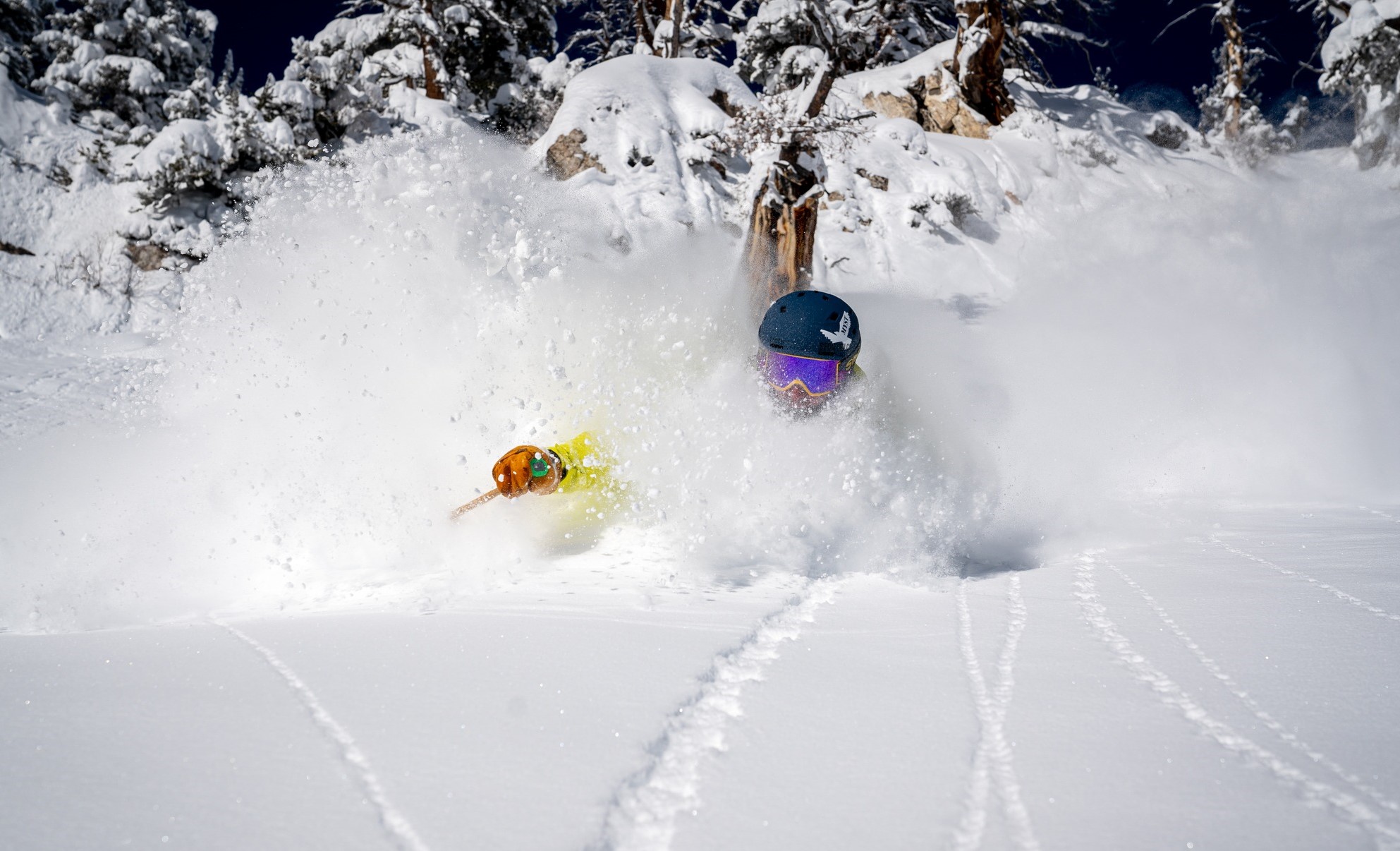
While fancy new skis are bound to make skiing a lot of fun, the easiest way to ensure a great day on the slopes and out in the elements is to properly layer the correct types of ski clothing. There is nothing worse than frozen fingertips, cold feet, and the feeling of being genuinely frigid (or steam-room sweaty!) and unable to enjoy your time on the mountain because of improper clothing. Whether you’re gearing up yourself, your partner, or your kids this season, here are a few common practices and misconceptions that can help keep you warm and comfortable.
Follow the Ideal Three-Layer System
- Base Layer – A good base layer is absolutely key; it will help trap and insulate the heat from your body while wicking away sweat. Wool is a favorite and most popular amongst outdoor enthusiasts; however, synthetics like polyester and nylon can offer an affordable alternative.
- Mid Layer – The next layers primary focus is once again to keep you warm, while also maintaining your bodies mobility. Look for something warm and insulating, but non-restricting to your bodies natural movements. Fleece, down and synthetic fill jackets, or smartwool all are viable options depending on the temperature.
- Outer Layer – A good shell is equally if not even more important than a good base layer. The two main things to look for are a waterproof and breathability rating over 10k mm for a jacket and snow pants. Goretex is very well-known and distributed for being the best waterproof, windproof, and breathable material.

Avoid Cotton and Don’t Over-Layer
One of the easiest ways to remain comfortable and warm in winter-conditions is to avoid wearing anything cotton; socks, base layers, mid layers, jackets, or headwear. Don’t do it. Cotton absorbs sweat and moisture, and in turn loses its ability to trap your bodies heat which consequently makes you colder. Additionally, cotton dries very slowly, leading to bacteria growth, also-known-as wet, smelly gear.
A very common misconception is that if you wear more layers, you will feel warmer. On the contrary, wearing too many layers (especially non-moisture-wicking cotton) will trap in too much heat and sweat. Once you start sweating and your clothes feel wet and uncomfortable, it becomes extremely hard to regain warmth and regulate your body temperature. Stick to the ideal three-layer system.

Don’t Forget Gloves, Socks, and Balaclavas
It might seem obvious, but keeping your extremities at a comfortable temperature is also vital to keeping your overall body temperature up.
- Woolen socks are a great moisture-wicking option that have become the norm in most ski socks. Once again, avoid cotton, and DO NOT double layer your socks on cold days; this can decrease circulation to your feet and make them colder!
- Gloves or mittens are really a personal preference, however, mittens are typically warmer than gloves and retain heat better thanks to your fingers being grouped together. Since your hands are likely going to get wet, look for something waterproof and breathable, paired with a functional fit.
- A ski mask (or balaclava) is a great way to keep your neck, face, and ears from being exposed to the elements. There are many variations; under or over the helmet, half-face or full-face, and neck tubes or gaiters, to name a few.

Invest in the Proper Ski Clothing That is Right for You
Over the years, advances in textile technologies have helped to find innovative ways to defend our bodies against the cold, wind, and snow while recreating. The cost of some of these items may not be cheap, however, the longevity and performance will typically make it worth every penny. Since everybody is different, and we all run at different temperatures and prefer different fits and feels, do plenty of research and experiment to find what works best for you. Check for sales to save on gear during Labor Day, Black Friday, and around the holidays. Stay warm, stay comfortable, and keep skiing longer!
